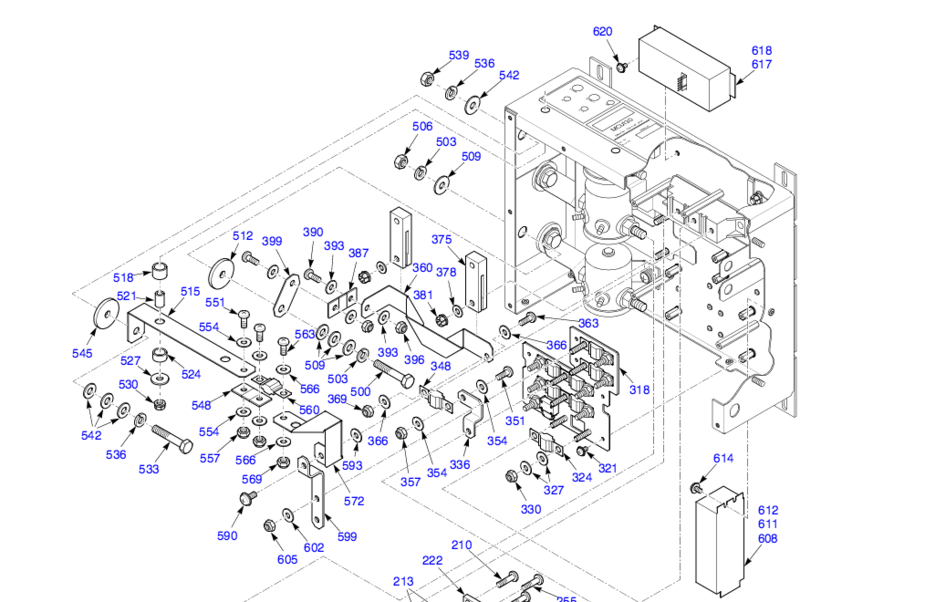Here you can see the MCU (Master Ctrl Unit) with the two FC*M*s for Alt 1 and Alt 2. Of course they are called “FCM, Field Control Module”, not FCU (sorry)


If you can post a wiring diagram and preferably the schematic of the voltage regulator, that would help.
inside the MCU there’s 2 FCU’s, Field Control Units
So the FCM’s are a kind of submodule inside the MCU? I just hope you need not replace the complete MCU just because one of its components failed (if, as you rightly questioned, it did fail).
@Jan
yes, the WHIOLE MCU is a very expensive part, but usually you only need those Field Control Modules. It’s a couple of hundred Euros still …
@Peter
I have a diagram of the wiring, but I think the FCMs (regulators) cannot be repaired, those are sealed little units you can just throw away (I think!)
I also downloaded the complete engine data of the plane, with the electrical data of the flight when it broke, I’ll post that later
< < removed my answer to a removed posting – in the nick of time > >
@Alexis: a couple of hundred Euros – and to think the electronics inside can likely be had for 10 € or so – as Peter has so often stated. Let us see, a zener diode for a reference, couple of low power transistors, plus a 2N3055 or something slightly more modern. Add some resistors and capacitars and you’re done. Or use a 40-year old 723 to do it really nice.
Quite simple it seems, if you disconnected the field, and it stays in with the switch ALT switch off, then it must be a short circuit after the ALT relay and before the alternator. Can be wiring, it could also that the field controller is shorted to ground.
Before replacing the alternator control module, be sure to check the alternator field with a regulated power supply. If the current goes over let’s says 3 Amps, there is a short in the alternator field circuit. A short there typically damages the regulator. So do not just replace the regulator (if that is failed) without checking the alternator, you might burn the regulator again.
I disconnected the Filed Wire – and when I switched on BAT 1 and ALT 1 the CB immediately tripped! I can check the wire … but if there’s no short in the wire it should be the voltage regulator …
What’s the best way to measure the Field Wire going from ALT 1 to the MCU/Voltage regulator? Disconnect on both ends I guess …?
(Cirrus says that with the MCU130 I have a faulty alternator cannot damage the voltage regulator, and that this was only possible with the older versions) … FWIW
FWIW, I had a case of a wire which was mysteriously broken inside a harness. The harness was visible all along, but the wire could not be extracted because it went around corners and the harness was tightly cable-tied. The avionics shop (yeah, the one which “did” my TCAS job) just cut off both ends and ran another wire, without checking that the bad wire was not shorting to something else. It is extremely unlikely for a wire to be broken (unless you can pinpoint the break and due to some obvious cause) without some serious thing happening, which may have damaged other wires.
I would disconnect both ends and check for continuity, and if there is a break, you really have to pull it out and investigate what caused it.
Cirrus says that with the MCU130 I have a faulty alternator cannot damage the voltage regulator
Depends on the context. An alternator which has little or no load, but has the full possible field current, could generate some huge voltage. I don’t know how much though. This suggests it could blow up a lot of stuff if the regulator failed.
Looking at that wiring diagram, am I right that the voltage regulator has a +28V supply to it

so the other end of the regulator feeds the field winding, and the other end of the field winding is grounded in the alternator?
Other alternators have the voltage regulator between the field winding and ground.